mean (analog + digital). Yoshinori Henguchi. Edition Nord
Posted in Japan, Motto Berlin store, photography on December 19th, 2017Tags: Edition Nord, motto berlin, Yoshinori Henguchi
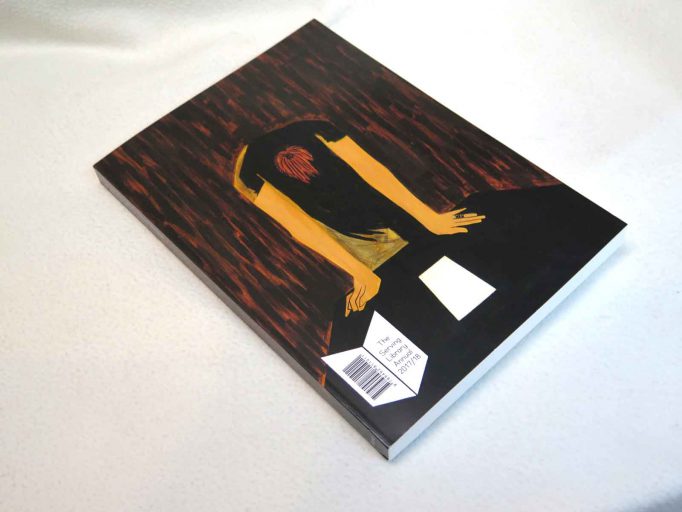
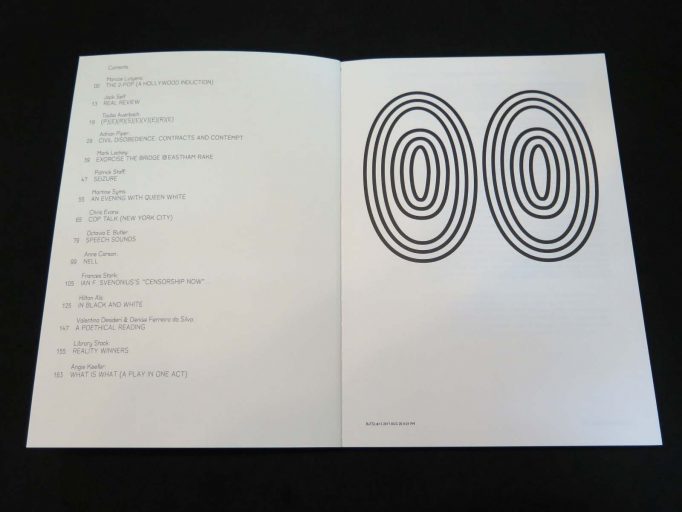

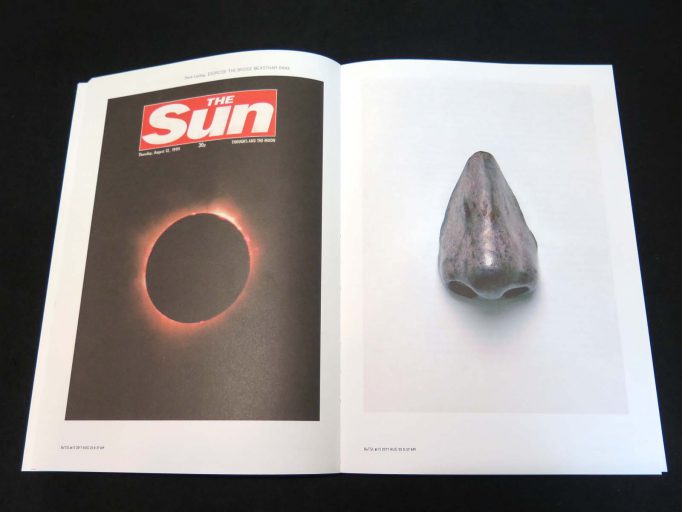

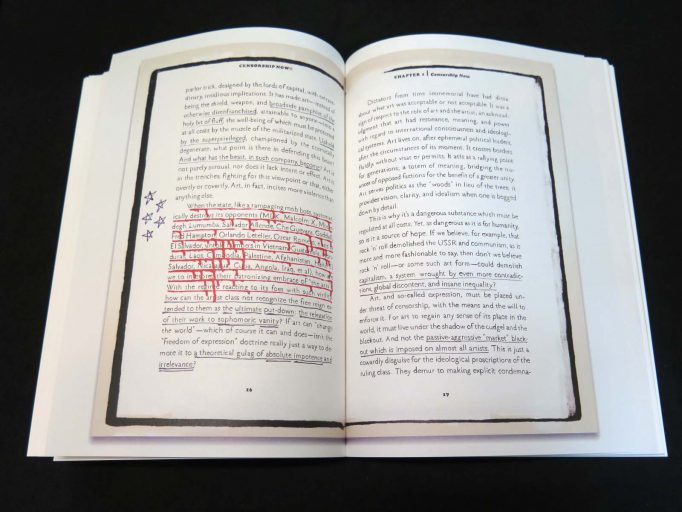

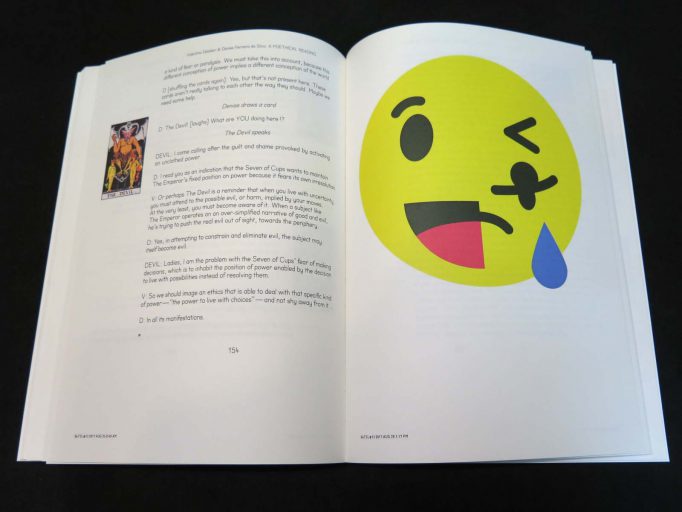

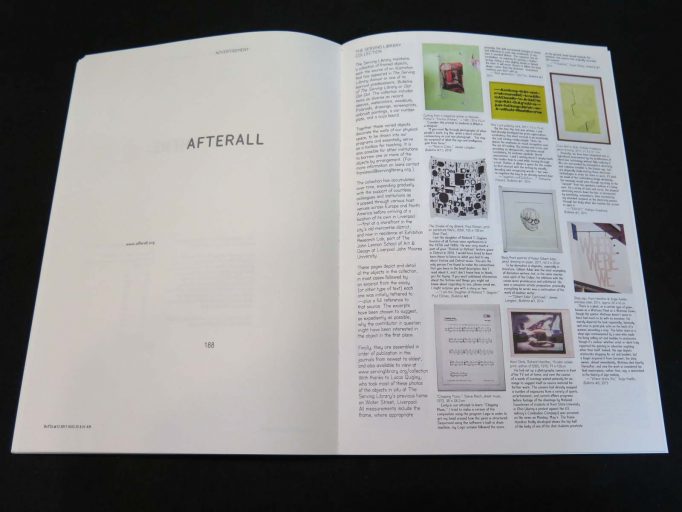
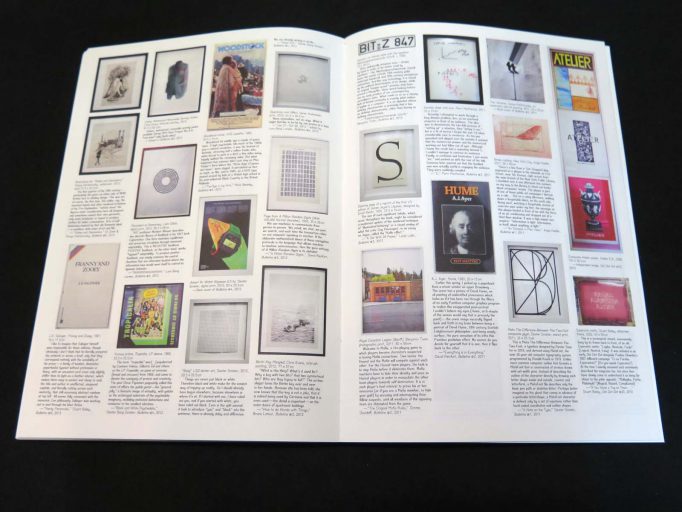
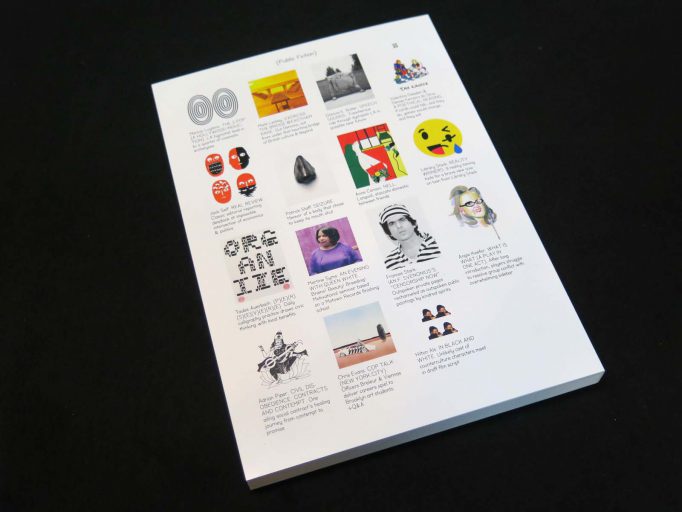
The Serving Library Annual comprises a number of individual “Bulletins” organized around a theme for an international audience of designers, artists, writers, and researchers. Newly published by ROMA Publications in a yearly format, this inaugural issue is realised in collaboration with Public Fiction, a journal and exhibition-maker based in Los Angeles. It deals with acts of civil disobedience and other forms of resistance, particularly in view of the relationship between entertainment and power. Contributors include Hilton Als, Tauba Auerbach, Anne Carson, Mark Leckey, Adrian Piper, Frances Stark, and Martine Syms.
Public Fiction’s next project, which runs broadly concurrent to this new Annual’s lifespan, is named The Conscientious Objector — a multifaceted endeavour commissioned by West Hollywood City Council that unfurls in parts from September 2017 to April 2018. Curated by Public Fiction founder Lauren Mackler and Serving Library editor Francesca Bertolotti-Bailey, The Conscientious Objector comprises a series of “commercials” produced by artists for public access TV, an exhibition of artworks and performances at the MAK Center for Art and Architecture’s Schindler House in West Hollywood, and the present publication.
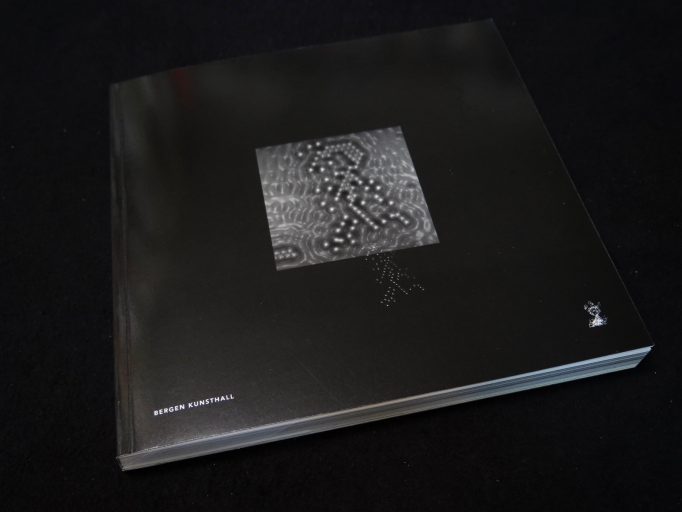
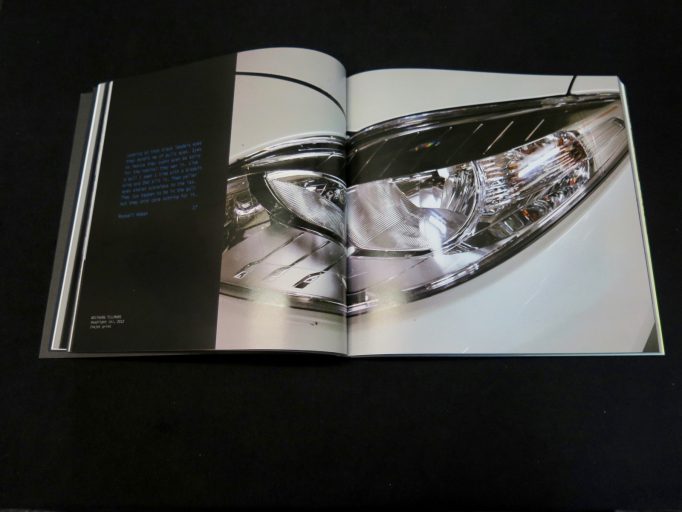
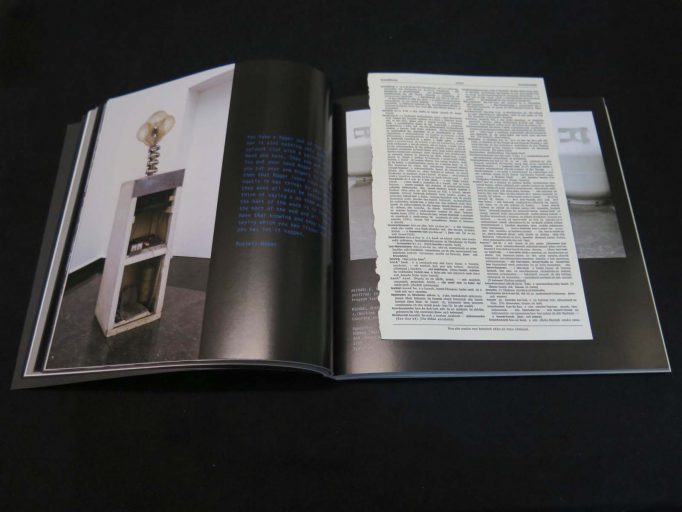
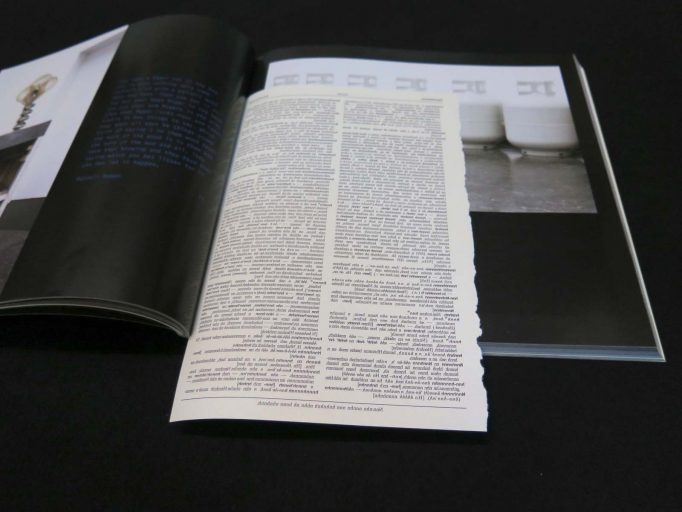
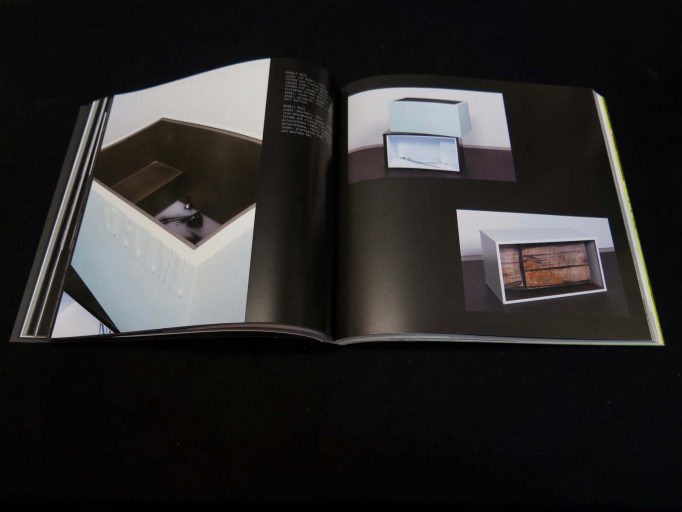
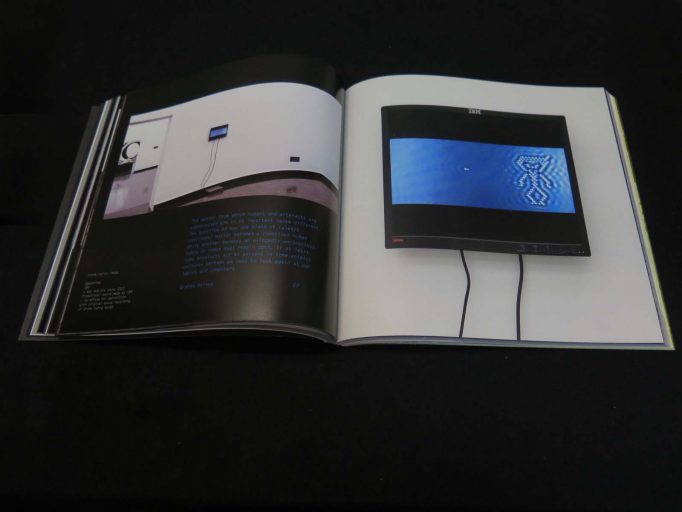
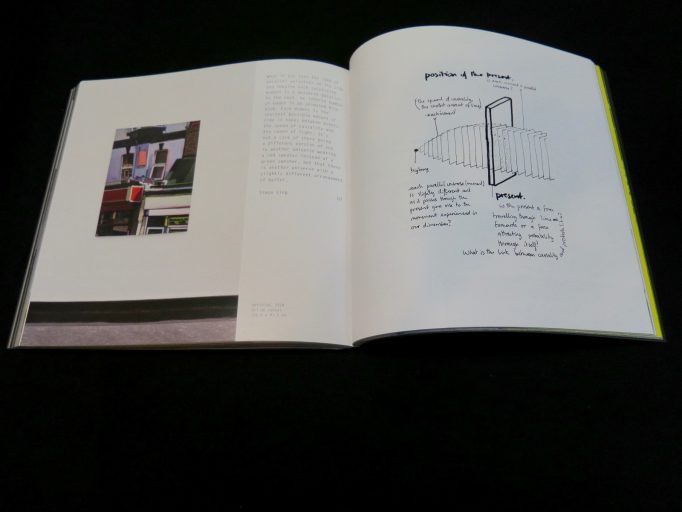

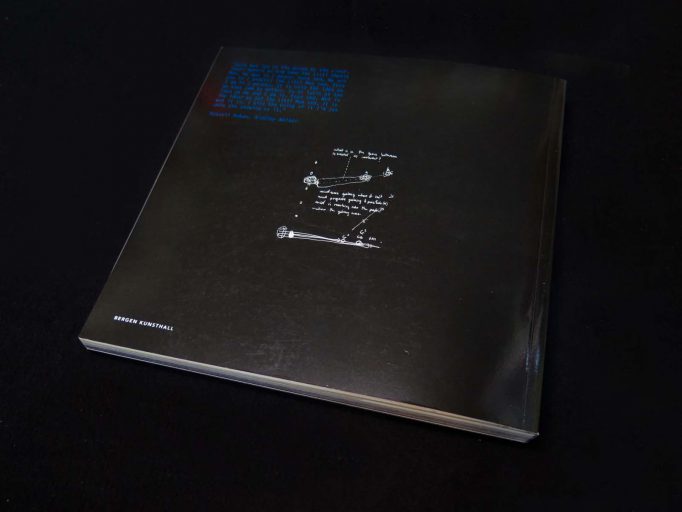
Published by Bergen Kunsthall in 2017 on the occasion of the exhibitions:
The Noing Uv It
Bergen Kunsthall
9 January – 15 February 2015
The Showing Uv It
Simon Ling
Bergen Kunsthall
27 February – 5 April 2015
Curated by
Martin Clark and Steven Claydon
Texts by
Martin Clark, Steven Claydon, Timothy Morton, Martin Herbert, Russell Hoban, Martin Westwood
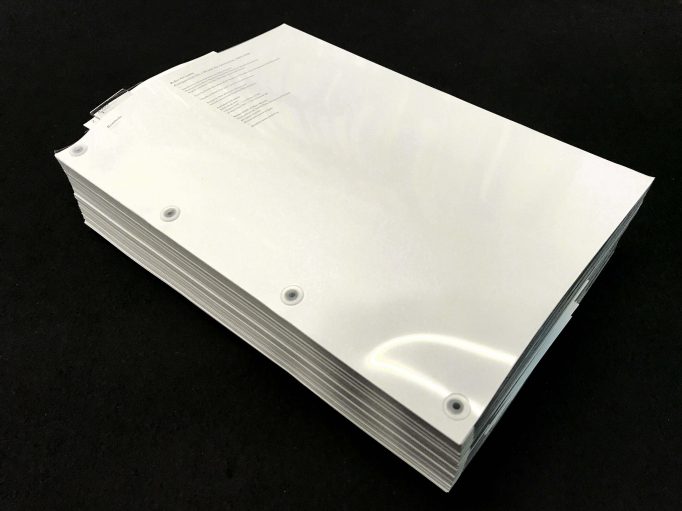

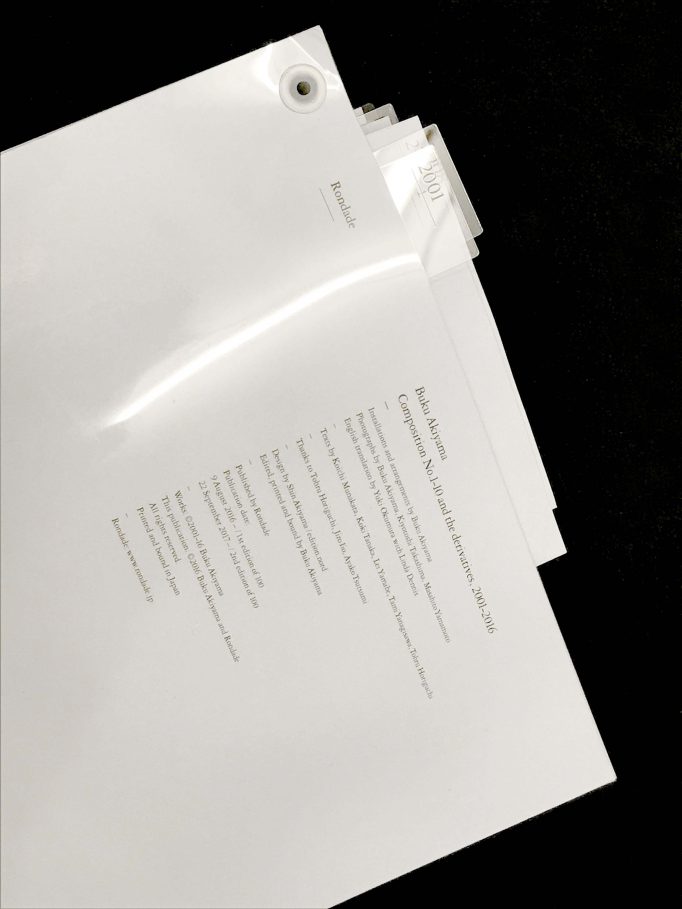
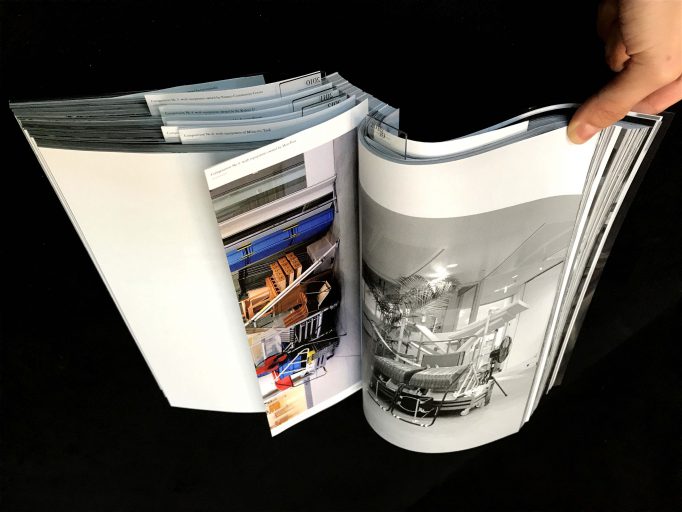
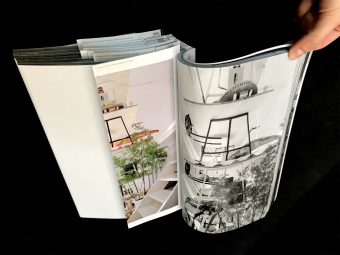
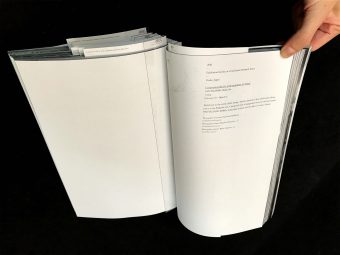
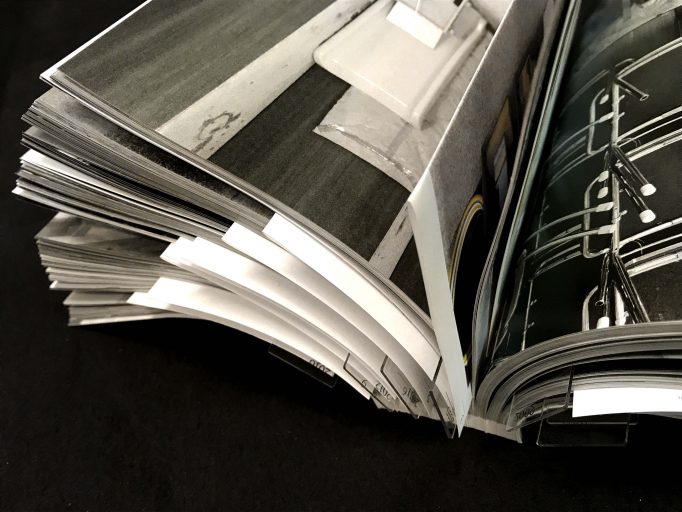
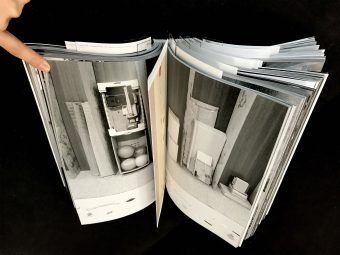
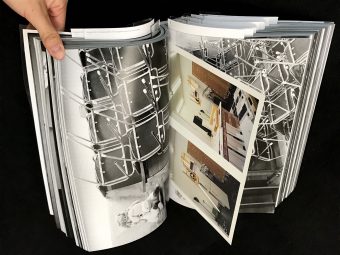
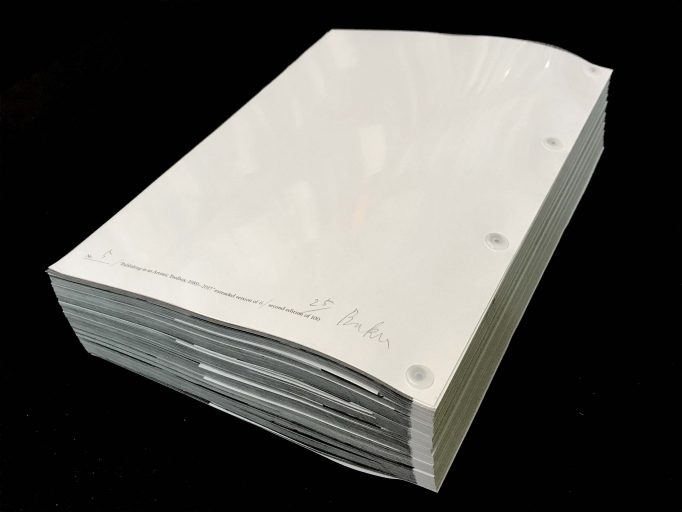
Installations and arrangements by Buku Akiyama.
Photographs by Buku Akiyama, Kiyotoshi Takashima, Masahito Yamamoto.
English translation by Yuki Okumura with Linda Dennis.
Texts by Koichi Munakata, Koki Tanaka, Lei Yamabe, Tami Yanagisawa, Tohru Horiguchi.
Design by Shin Akiyama /edition.nord.
Edited printed and bound by Buku Akiyama.
“Publishing as an Artistic Toolbox: 1989 – 2017” extended version of 6 / second edition of 100.
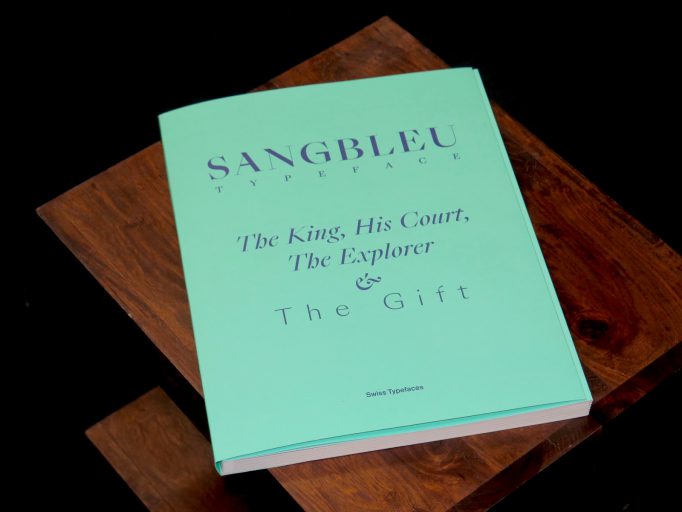
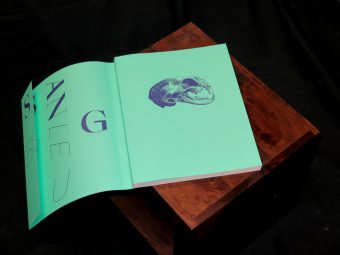
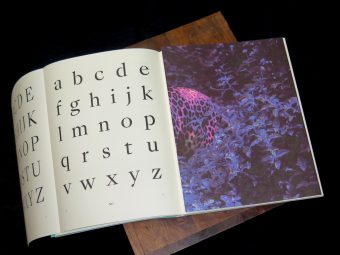

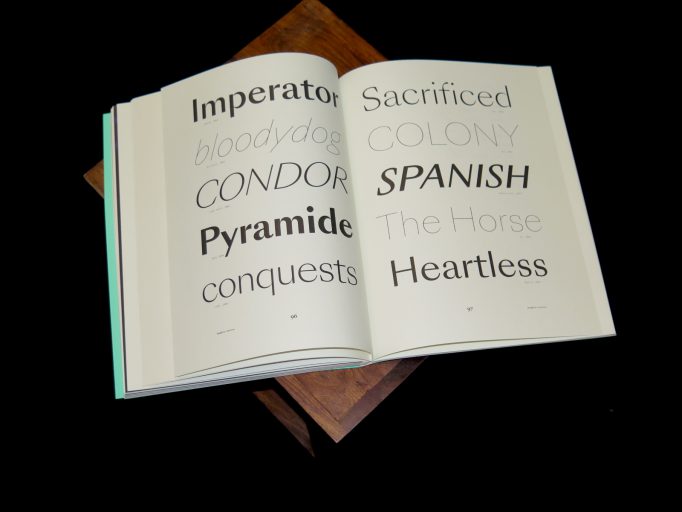

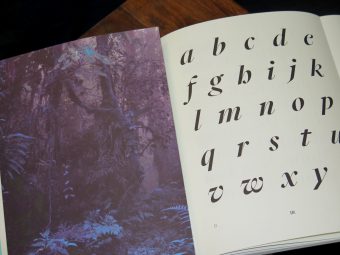

On the occasion of the launch of the SangBleu typeface, Swiss Typefaces issues a book for lovers of the printed letterform. On 128 pages, “SangBleu Typeface: The King, His Court, The Explorer & The Gift” celebrates cuttingedge typography in general and the SangBleu fonts in particular. Devised as a collector’s item, it provides a unique combination of design and content: at the heart of the publication is a novella by Daniela Party, specifically written for this purpose. The book starts off with illustrations of a skull and a beheaded female warrior, followed by serpents and an Aztec ghost figure. This dark and savage imagery sets the atmosphere. Giant initials, printed in loud pink, lead into the book like drumbeats in the jungle – S – B – G – U… The title page presents the names of the five collections that form the SangBleu typeface: Empire, Kingdom, Republic, Versailles, Sunrise. Each family is displayed on a spread of 20 pages, in a layout that was freely inspired by a type specimen for Caslon Old Face from 1924. The sample pages emulate all kinds of text types, from novels and magazines to drama and poetry, in sizes big and small. Some pages feature large headlines or block quotes in italics. Others show off spectacular drop caps and strongly contrasting sizes or weights. Designers interested in seeing the Cyrillics do not miss out either. The scope and versatility of the SangBleu collection is exhibited in its entirety. All text is taken from Daniela Party’s novella. Set in the late 17th century, an era of absolutism, superstition, and colonialism, it narrates the story of Meztli, an indigenous Mexican woman with extrasensory powers. Captured by French explorer La Salle, she is sent as a gift to Louis XIV, the Sun King – a gift that would set off a series of macabre events involving witchcraft, lust, envy, and death. Designed by Swiss Typefaces, the SangBleu Typeface book was printed in five colors, four of them Pantone spot colors including metallic and neon inks, and is further enriched by a special binding with several foldout pages – all made in Switzerland.
PpR Journal @ Motto Berlin Wednesday November 29th, from 7pm
PpR Journal, Issue 3
The coco Issue
How do education and creativity exist together? In an age where students are faced with ‘learning outcomes’ and institutions are scrutinised on success rates and league tables, what does that mean for the student, and how does this impact on creative development, for both the individual and as an industry as a whole?
Looking at the wider context within the creative arts, including music and cinema, what does freedom to create on one’s own terms really mean, and is this possible within the frameworks of today’s commercial, art, and educational sectors? Is there an alternative model, and can it work?
This issue of PpR Journal originated from the idea of a ‘free school’. The Japanese fashion designer Yoshikazu Yamagata (writtenafterwards and Written By) founded coconogacco, an independent fashion school in Tokyo. A school where students do not follow learning outcomes and assessment criteria, and instead are free to explore their individual creative potential without such constraints. Exploring the notion of freedom singer/songwriter Tanita Tikaram discusses the creative process in an intimate conversation, Anton Gottlob photographs Kazuko Hohki of Frank Chickens, and Chikashi Suzuki joins a class of students at coconogacco.
Contributors:
Chikashi Suzuki, Anders Edstrom, Olu Odukoya, Hajime Sawatari, Anton Gottlob, Hajime Sawatari, Elizabeth Gregory, Miho Miyachi, Ayako Shuto, Laura Gardner, Maya Akashika, Sumire Hayakawa, Yoshiko Kurata, Marija Radakovic.
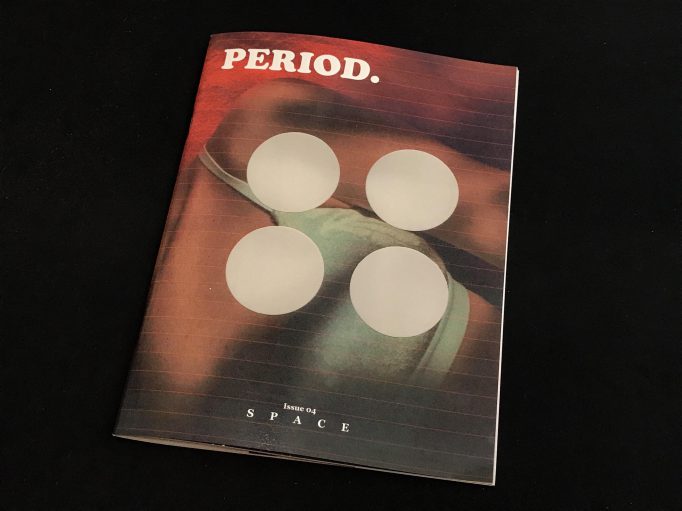
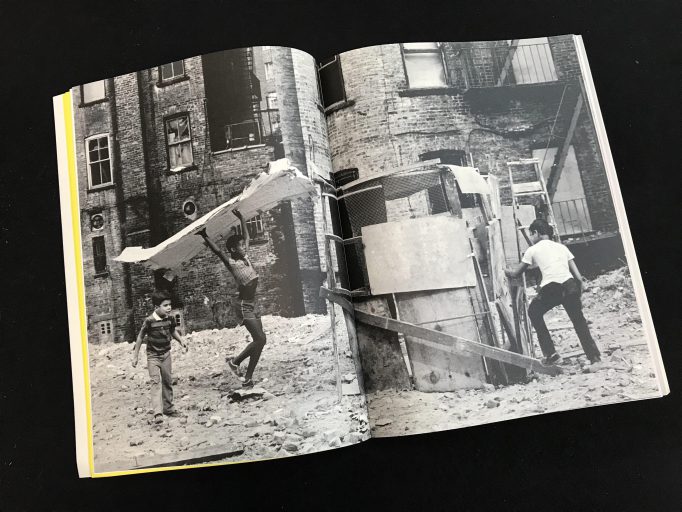

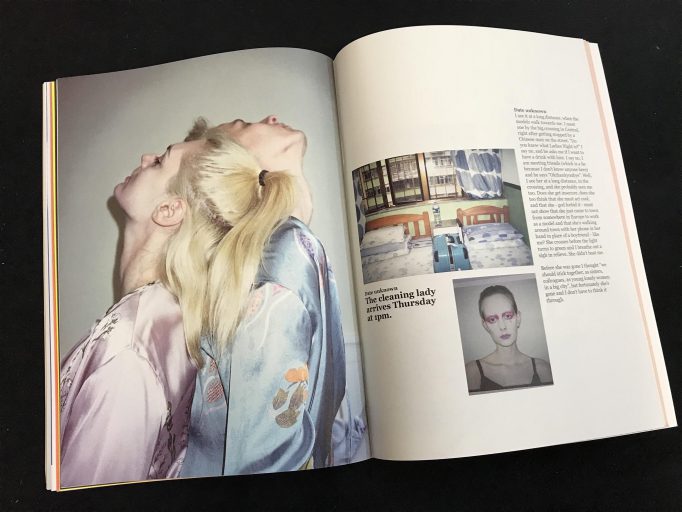
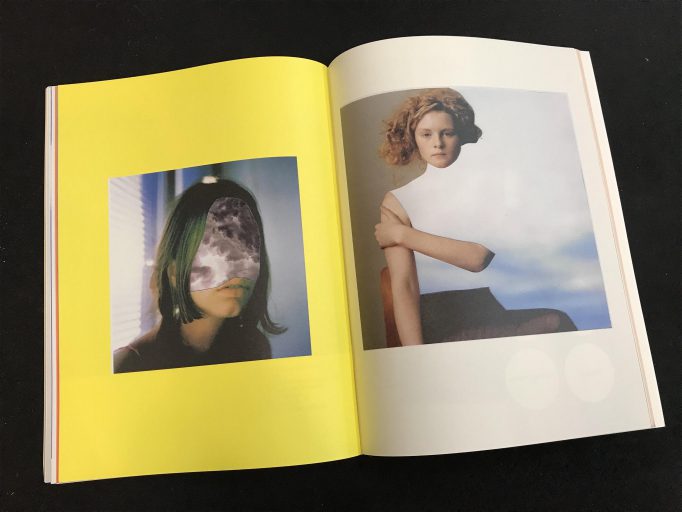


PERIOD. is a zine by Lena Modigh hat unapologetically focuses on the contemporary female narrative by female-only contributors.
For the fourth issue of our journal, we decided to go where relatively so few women have gone before – SPACE. Space is defined as being 100 kilometres or 60 miles above the surface of the Earth, and about 550 people have been there. Of those, 57 have been women.
We thought we were going to be getting a lot of landscapes and interiors from our contributors but as you can see, the majority of these female responses were about people: inner space or the space between us maybe? And no one did outer space, the big universe, we emailed NASA, but they never got back 😉
Contributors include Martha Cooper, Kate Monro, Erna Klewall, Lena Modigh, Yasmine Ganley, Lara Minerva, Jessica Buie, Erin Sanders-McDonagh, Matilde Søes Rasmussen, Perdita Fenn & Julia Cody.
See you at Chicago Art Book Fair this weekend!
Chicago Athletic Association Hotel
12 S Michigan Ave
Opening Hours:
Thursday, Nov 16: 6–9p (Opening/Preview)
Friday, Nov 17: 12–7p
Saturday, Nov 18: 11a–7p
Sunday, Nov 19: 12–6p









To what extent can we imagine community, exchange, and collective projects that no longer fall back on the dominant narratives of nation, fatherland, and family? This question posed by Terre Thaemlitz in an exchange featured in the 16th edition of zweikommasieben is ever more pressing in a time, where the political and social fabric of western societies seems to disintegrate. The search for possible answers thus is subliminally present throughout the magazine—in the contribution on the independent Milan venue Macao, but also in interviews with NON-affiliate Farai or the American experimentalist Steve Hauschildt. Even the most hopeful answers remain ambivalent in the end it seems; ultimately there won’t be any utopias. „There’s a sun in the sky,“ as Laurel Halo points out in the magazine, „but it’s burning ever hotter.“
zweikommasieben #16 features interviews with Steve Hauschildt, Laurel Halo, DVA Damas, Mechatok, Farai, Parrish Smith and portraits on Nina of Golden Pudel and V.I.S., as well as Casual Gabberz’ Ēvil Grimace & Von Bikräv. There’s also an extended mail exchange with Terre Thaemlitz, “A Short History of the Aesthetics of Excess in Hip Hop”, various columns and a photo essay, plus contributions by Das Ding, Macao, Laraaji and German Army.

oqko listening session @ Motto Berlin
Saturday 18th November 2017
Starts at 7pm
Lvis Mejía’s newest project, titled Anthropology of AmnesiA is an acousmatic essay addressing our utter necessity to remember in the face of existential oblivion, an innate behaviour of the human race.
Presented as a 33 minute long continuous composition, Anthropology of AmnesiA unrolls as a series of chapters, the contemplative character of the piece opening a particular frame within the listening experience, where Lvis Mejía attempts to convey the phenomenon of the collective consciousness through the cultural traces we leave behind.
Mejía’s takes the idea of “one species, one culture, one past” and places it at the center of the concept of the piece. Anthropology of AmnesiA examines a number of interpretations of rituals, orchestrations, chants, synthesis and field recordings – nestled within the piece are recordings of animals, fire, water and a human heart – the sum of these sonic identities incidentally reshaping their roots.
The diversity of the sonic sources highlights the comparative study element of Mejía’s work yet the common thread remains the human experience, recorded stories and the viva voce.